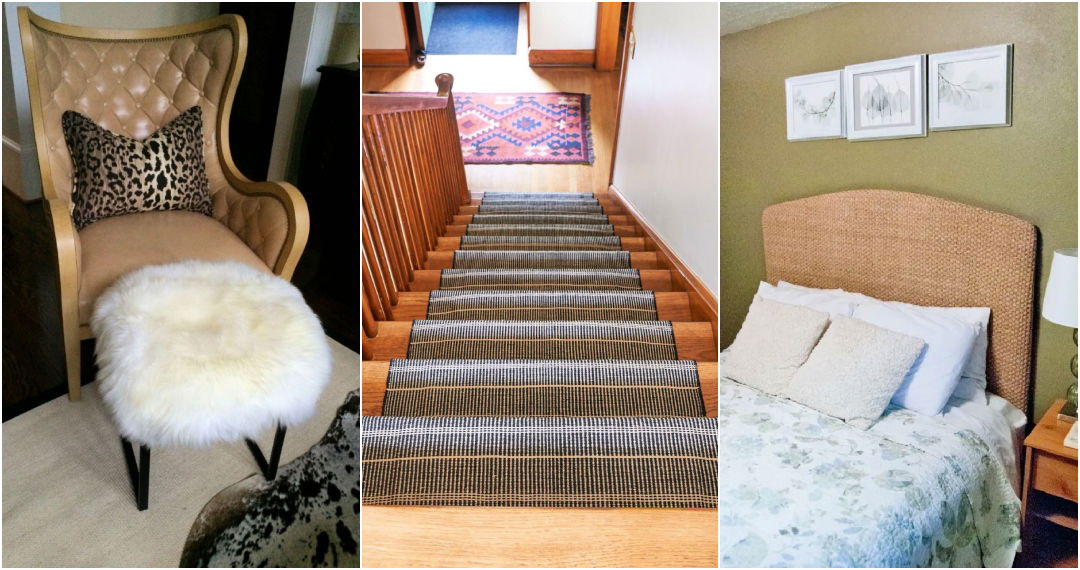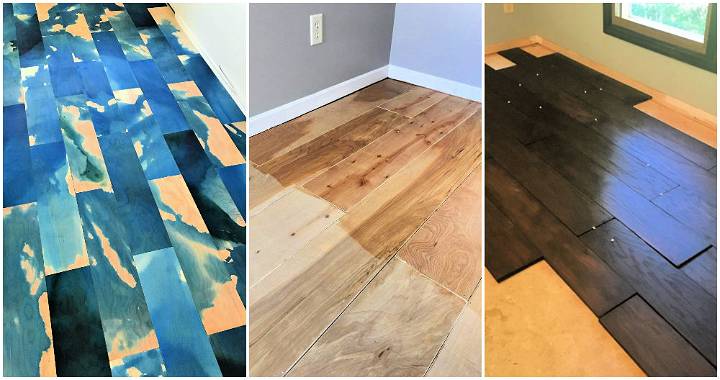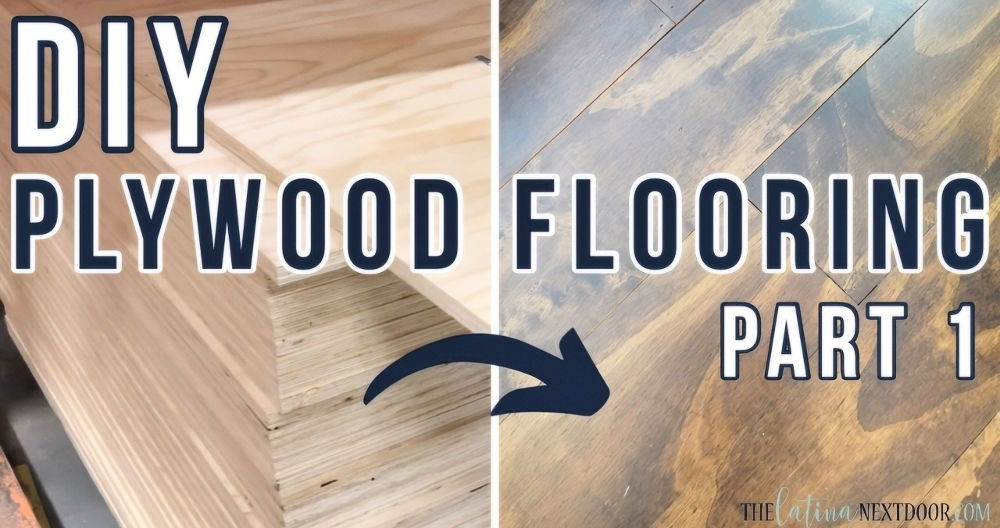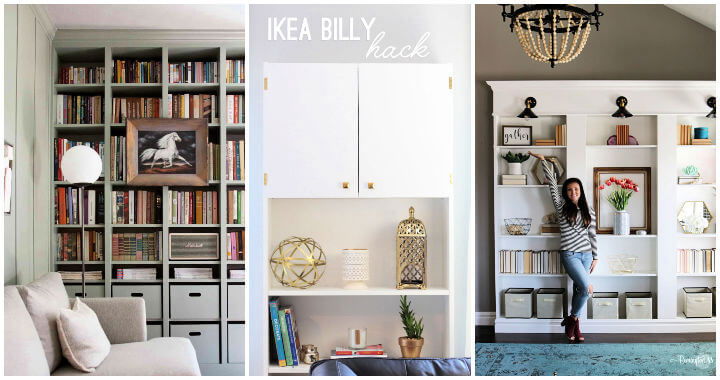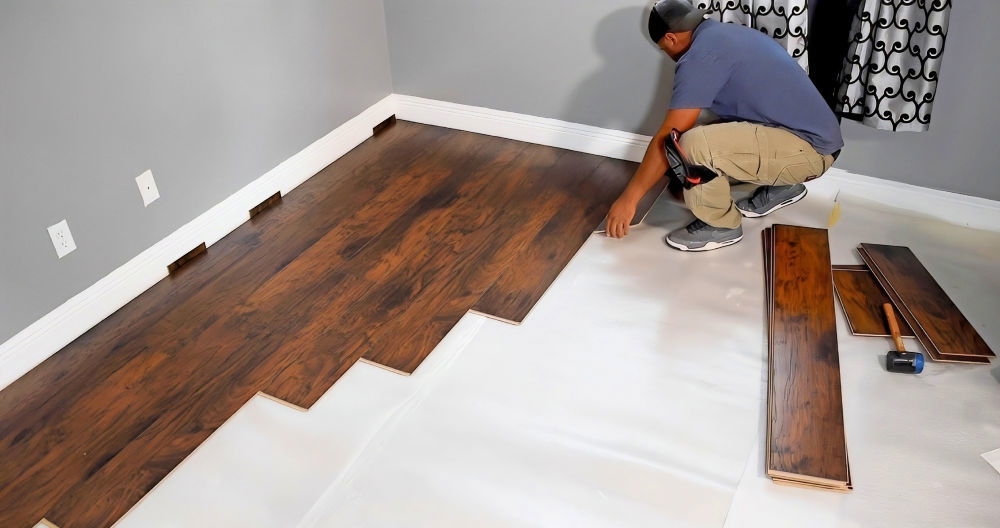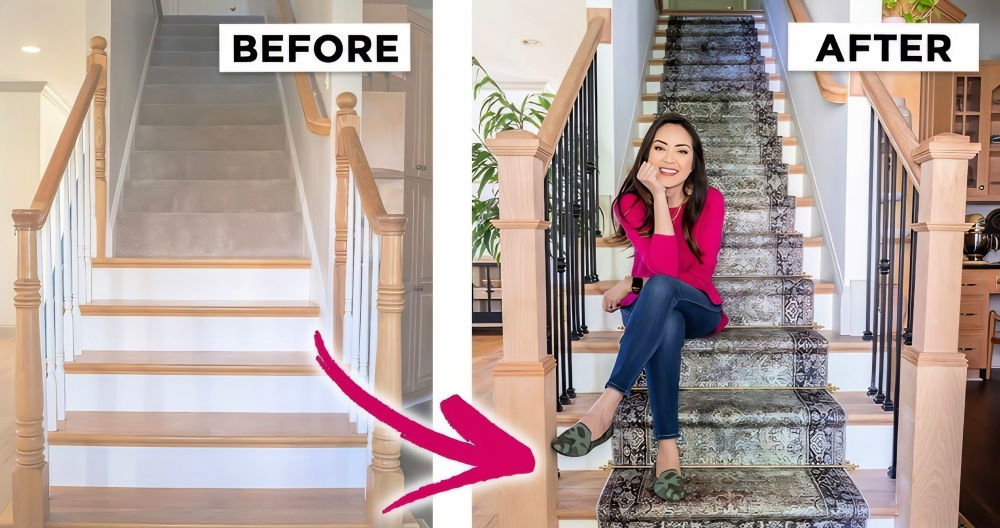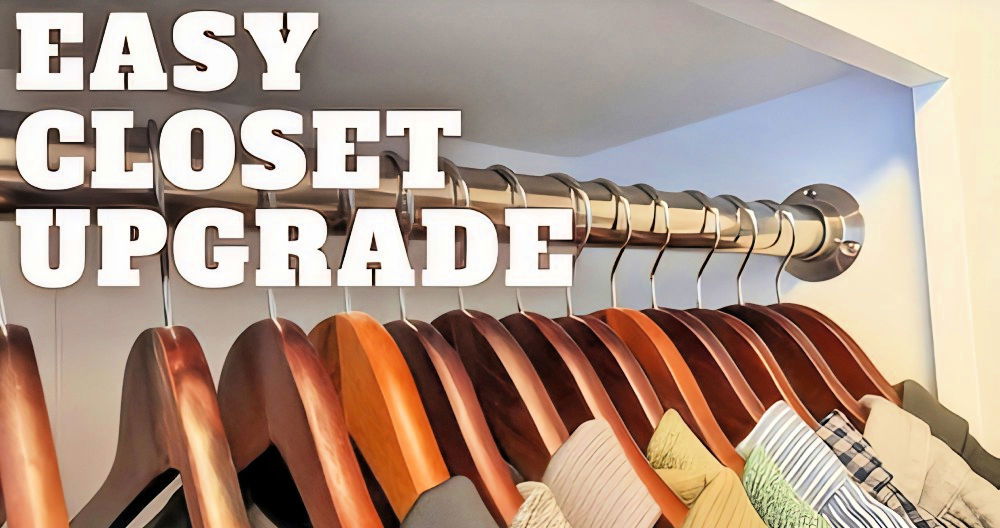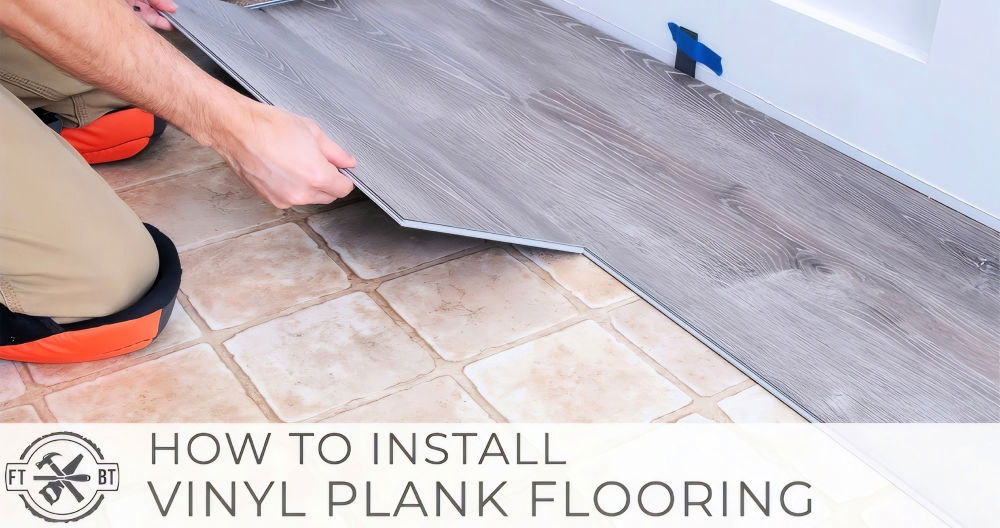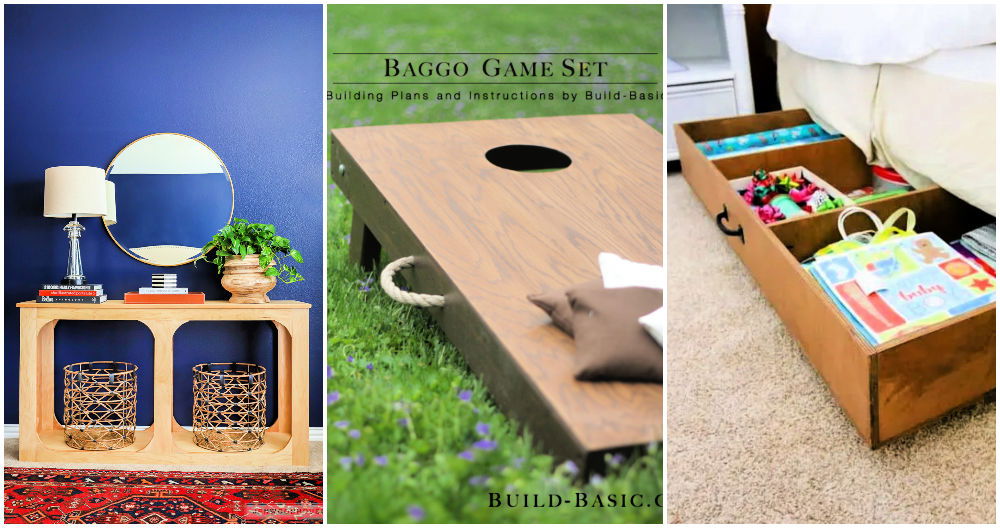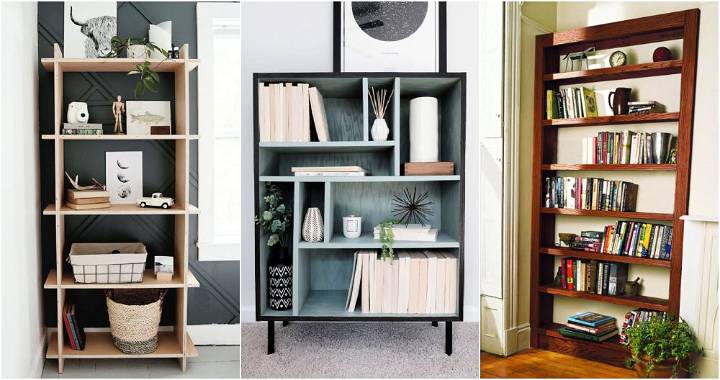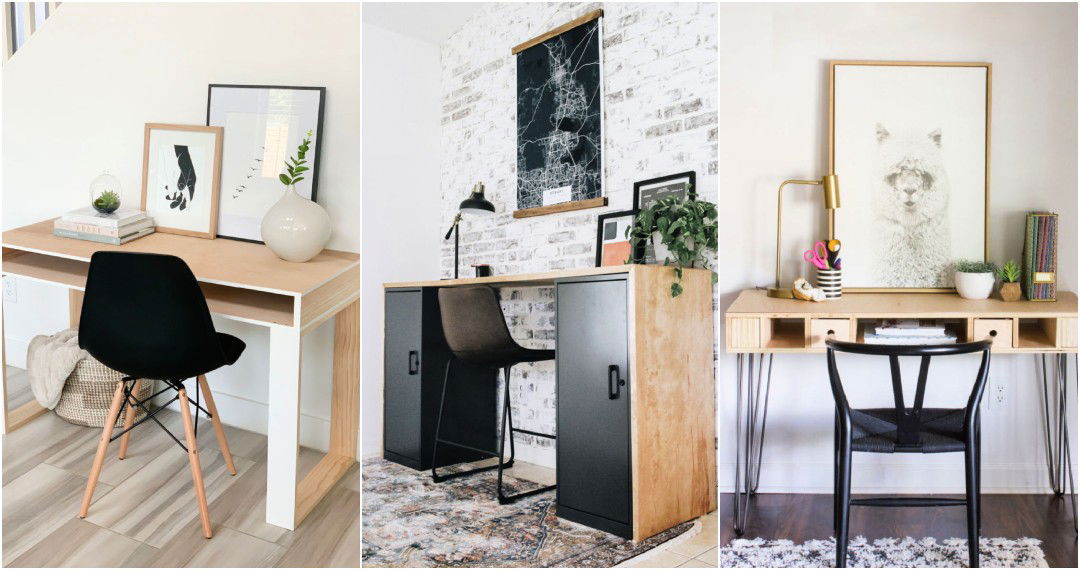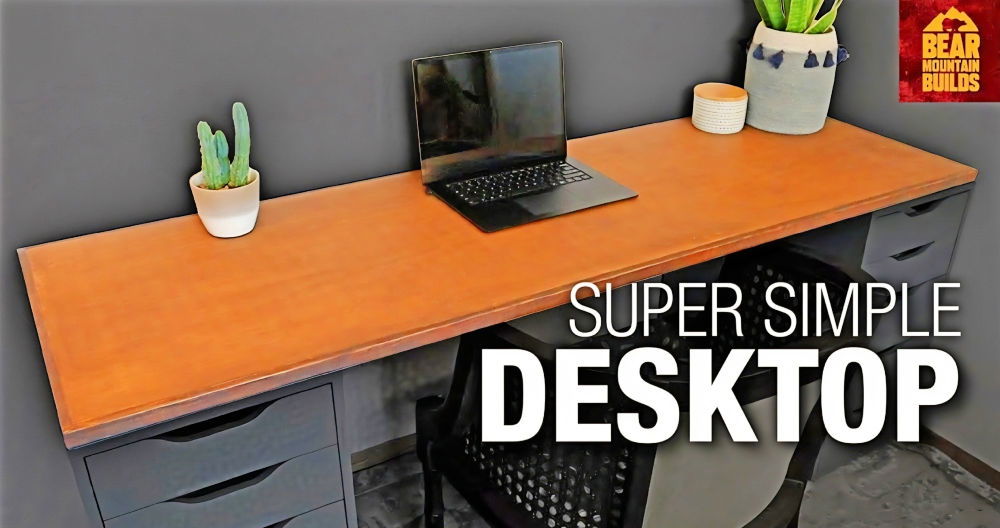Moving into a new space, especially one with an unconventional setting like a train station studio, brings unique challenges. I faced a similar situation recently when I wanted to transform an old carpeted floor into something more functional and aesthetically pleasing for my art studio. The solution? Laying plywood flooring directly over the carpet. Let me walk you through the steps, considerations, and tips I learned along the way.
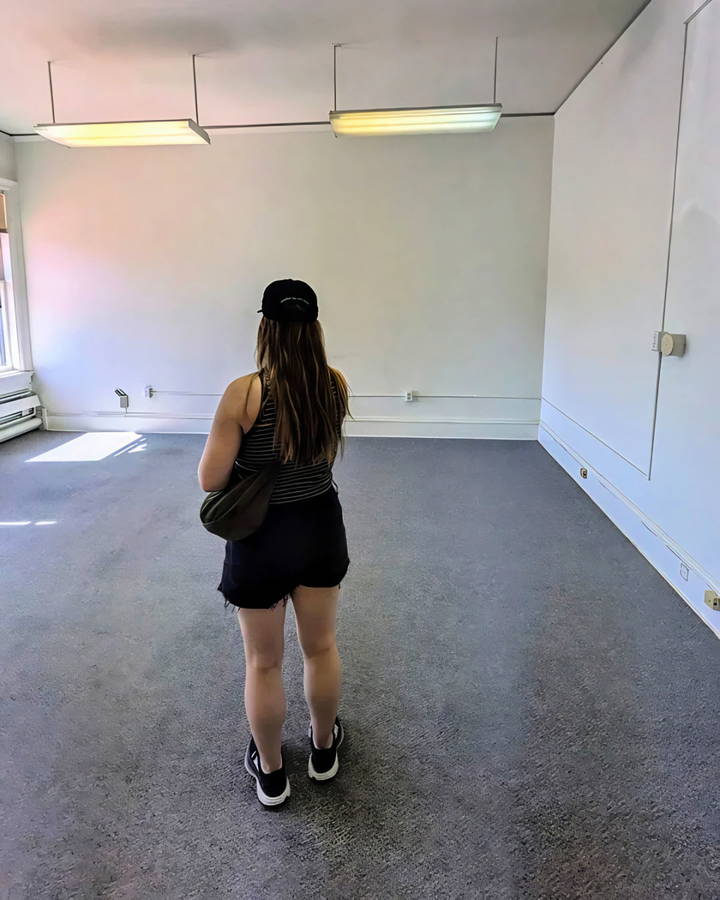
Why Lay Plywood Over Carpet?
There are several reasons you might want to consider laying plywood over an existing carpet:
- Aesthetic Upgrade: Carpets, especially old or worn ones, can make a space look dated or dingy. Plywood provides a fresh, industrial look that suits art studios, workshops, and other creative spaces.
- Protection and Cleanliness: Carpets can absorb paint spills, dust, and other residues from studio work. A plywood floor protects the carpet beneath, making cleanup easier and maintaining the room's cleanliness.
- Temporary and Reversible Solution: If you’re renting a space and can’t remove the carpet, laying plywood allows you to modify the floor without making permanent changes.
Planning Your Plywood Floor
Before jumping in, it’s crucial to consider a few things:
- Room Size and Plywood Sheets: Measure your room carefully. For a 20' x 20' room, about 12 sheets of 4x8 plywood should cover the floor. However, always get a bit extra to account for any errors or unique cuts.
- Budget: Plywood can be relatively expensive, especially if you’re covering a large area. Consider alternatives like using OSB (Oriented Strand Board) for the bottom layer to cut costs while still achieving a good finish with plywood on top.
- Type of Plywood: If you want a smoother finish, consider tongue-and-groove plywood, which locks together more securely and provides a more polished look.
Step-by-Step Installation Process
Here's a simple breakdown of how you can lay plywood flooring over carpet:
Gather Your Materials and Tools
- Plywood or OSB Sheets: Depending on your preference and budget.
- Screws and Plates: To fasten the plywood sheets together securely.
- Tape Measure and Chalk Line: For accurate measurements and to mark where to lay the sheets.
- Circular Saw or Jigsaw: For cutting the plywood to size.
- Rubber Mats or Painters Canvas (Optional): Additional layers for cushioning or aesthetics.
- Prepare the Carpeted Surface Even though you’re not removing the carpet, give it a good vacuum to remove any debris. This step ensures a clean surface for the plywood to lay on, minimizing bumps and uneven areas.
Lay the First Layer of Plywood (Or OSB)
- Start by laying the first sheet of plywood or OSB in one corner of the room.
- Make sure the sheets are staggered, similar to how you’d lay bricks. This approach increases stability.
- Continue to lay down the sheets across the floor. You can use duct tape along the seams on the bottom side to keep them together without damaging the carpet.
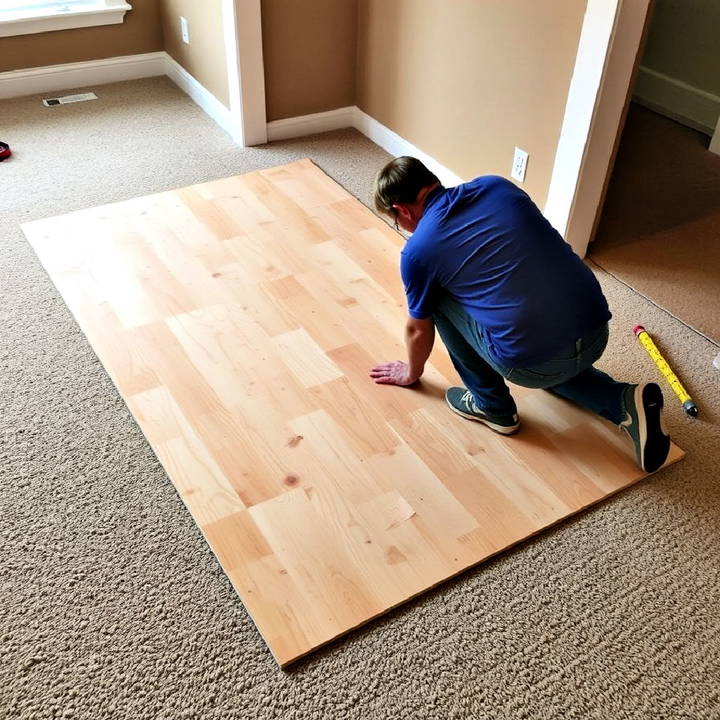
Install the Top Layer
- For a more finished look, consider a second layer of plywood. Ensure this layer is also staggered from the first to avoid creating weak points.
- Screw the top layer into the bottom layer to secure it. Avoid screwing into the carpet directly since you might not have permission to damage the existing floor.
Finish the Floor (Optional)
- Depending on your preference, you could stain or seal the plywood for added durability and a more polished look.
- For additional protection or aesthetic flair, consider stapling a layer of painter’s canvas over the plywood. This method hides scratches and dents better than exposed wood and is easier to replace.
Tips and Considerations
- Test Before Committing: If possible, try laying a few sheets first to test the stability and feel. You may find you need fewer sheets or additional support.
- Use Rubber Mats for Cushioning: If you need more cushioning or want to protect the carpet further, rubber horse stall mats or interlocking rubber gym mats can be laid beneath the plywood.
- Check Local Hardware Stores for Deals: Finding affordable plywood can be challenging. Check for sales or ask about bulk discounts.
Pros and Cons of This Approach
Pros:
- Affordable Solution: Compared to replacing or removing the carpet, laying plywood is cost-effective.
- Quick Installation: With the right tools and some planning, you can transform your floor over a weekend.
- Reversible: Perfect for renters, as it doesn't require permanent alterations.
Cons:
- Not Perfectly Stable: Since it’s floating over a carpet, the floor might have some give, especially in high-traffic areas.
- Potential Cost for Materials: Even though plywood is relatively affordable, costs can add up depending on the room size and the quality of the plywood you choose.
Conclusion
Transforming a space doesn’t always mean major renovations. Sometimes, all it takes is a bit of creativity and some plywood sheets to turn a tired, old carpet into a functional and stylish workshop floor. This project proved to be practical and achievable, even for someone not very experienced with DIY. With careful planning and execution, you can create a unique flooring solution that suits your needs and aesthetic without breaking the bank or risking your rental deposit.
FAQs: Installing Plywood Flooring Over Carpet
When considering installing plywood flooring over carpet, several questions often come up. Below are some frequently asked questions and their answers based on insights and discussions from DIY enthusiasts.
Yes, you can lay plywood directly over carpet, especially if it’s a low-pile carpet. This method provides a temporary and reversible flooring solution without removing the existing carpet. However, the stability might not be perfect since the plywood will be floating, and the softness of the carpet could create some give.
You have a few options depending on your budget and the desired finish:
Standard Plywood: Offers a decent finish and is relatively affordable.
Tongue-and-Groove Plywood: Provides a more secure fit as the sheets lock together, resulting in a smoother and more polished look.
OSB (Oriented Strand Board): A cheaper alternative for the bottom layer if you're planning a two-layer approach. It reduces costs while providing the necessary support.
You can fasten the plywood sheets together using screws and plates. However, it’s important to avoid screwing into the carpet or the floor beneath, especially if you’re renting. Instead, secure the top layer of plywood to the bottom layer using screws, creating a floating floor system.
While a single layer of plywood might work, a double layer is recommended for added stability. Stagger the seams of each layer to create a stronger surface. You could also consider using OSB for the bottom layer and finishing with a nicer plywood on top to save money.
Yes, there are several alternatives to plywood that you could consider:
Rubber Horse Stall Mats: Offer excellent durability and cushioning but might be more expensive than plywood.
Interlocking Rubber Gym Mats: Easier to install and remove, these mats can provide a cushioned surface but may also be more costly.
Thick Plastic Mats (Chair Mats): These mats are easier and cheaper to use. They are also easy to remove when you move out.
Hardboard: Cheaper than plywood and can be taped together using duct tape along the seams.
To protect the carpet, especially from paint spills in a studio setting, consider taping the seams of the plywood sheets with duct tape (sticky side up) on the bottom. This prevents paint or other substances from seeping through the seams and damaging the carpet.
Plywood laid over carpet may not be as stable as a permanently installed floor. The carpet’s cushioning can cause some movement and slight give, especially in high-traffic areas. Doubling up the layers of plywood and staggering the seams can help increase stability, but it won’t be as firm as a floor directly attached to a subfloor.
You can choose to stain or seal the plywood for a more polished finish. Additionally, some users suggest stapling a layer of painter’s canvas over the plywood for a unique look that can hide dents and scratches more effectively than exposed wood.
Using a circular saw or jigsaw is ideal for cutting plywood to size. Always measure carefully and mark your cuts with a chalk line to ensure precision. It’s better to cut the plywood sheets outside or in a well-ventilated area to avoid filling your workspace with sawdust.
The cost of the project will depend on the size of your room, the type of plywood or alternative material you choose, and your local pricing. It’s recommended to check with local hardware stores for potential deals or bulk pricing to save on costs.
Yes, laying plywood over carpet is particularly suitable for rental properties where you cannot make permanent changes. It’s a reversible solution that protects the existing carpet and can be removed when you move out, making it ideal for renters.
Pros: Cost-effective, easy to install, reversible, and provides a new aesthetic look.
Cons: May not provide a perfectly stable surface, can be costly depending on materials, and not ideal for every type of carpet.
While it’s possible to do this project alone, having a second set of hands can make the job easier, especially when handling large sheets of plywood and ensuring they are properly aligned and secured.


